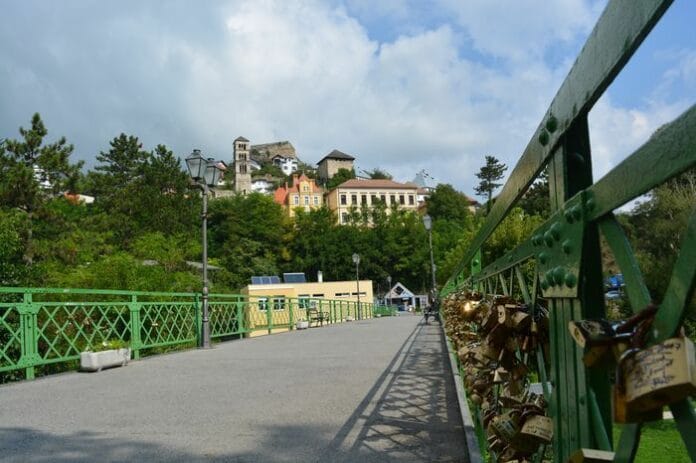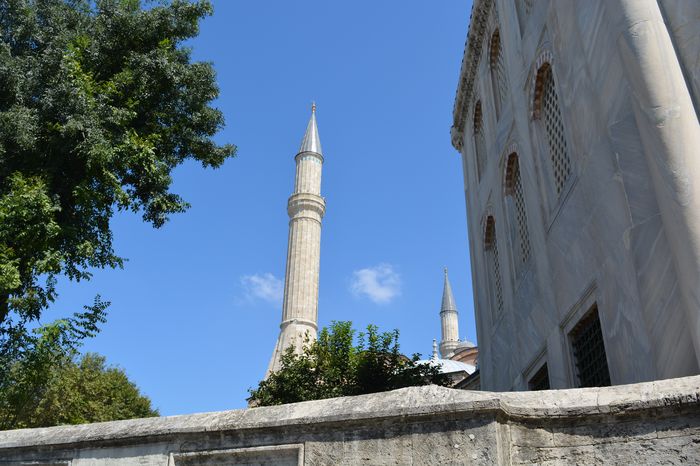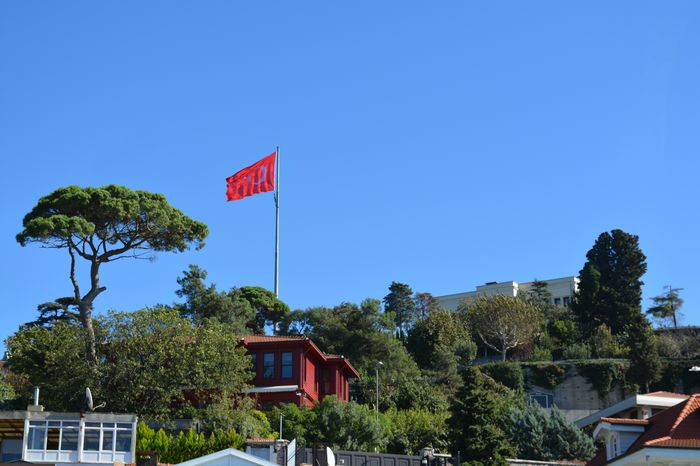Turkey is home to a rich variety of gemstones, many of which are found in the western and central regions. These deposits are the result of Turkey’s complex geology, shaped by the movement of tectonic plates over millions of years. In this article, we will explore some of the notable gemstone deposits in Turkey: diaspore, fire opal, blue chalcedony, amethyst, smoky quartz, and agate.
Diaspore (Zultanite)
Diaspore is a rare gemstone that changes color depending on the light source, ranging from greenish to pinkish hues. The Milas-Muğla region in southwestern Turkey is known for its diaspore deposits. These deposits were originally mined for aluminum ore, but the presence of high-quality diaspore crystals was discovered later. The crystals are typically found in metamorphosed bauxite mixed with small grains of diaspore. Due to tectonic activity, many of these crystals are distorted, making them more suitable for use as gem rough rather than mineral specimens. Despite this, some exceptional crystallized specimens have been produced. Between 1978 and 1984, approximately 10 tons of diaspore crystals were illegally extracted from these deposits Gemstones of Turkey A Rich Tapestry of Nature’s Artistry.
Fire Opal
Fire opal is a vibrant, translucent gemstone that exhibits colors ranging from red to orange. In Turkey, fire opal deposits are found in the Kütahya-Saphane-Karamanca region. These deposits are located just east of the village of Simav, about 10 kilometers northwest of the town of Saphane in Kütahya Province. The fire opal fills vesicles in rhyolite, a type of volcanic rock. Historically, the Lydians mined opal in Turkey in ancient times, and the Genoese are believed to have recovered it about 550 years ago. Commercial mining of nearby alunite deposits commenced in the 1850s, and German companies mined fire opal from the galleries and fracture zones during World War I, between 1914 and 1919. Mining continued intermittently in the 1940s, 1950s, and 1980s. Today, local freelance collectors still recover fire opal from the dumps and export it Ephesus Walking Tour.
Blue Chalcedony
Blue chalcedony is a translucent gemstone with a soft blue color. The most significant deposit in Turkey is located in the Mayıslar-Sarıcakaya region of Eskişehir Province. This deposit has been mined since ancient times and is considered one of the richest blue chalcedony-bearing deposits in the world. The chalcedony occurs as sedimentary nodules in a brecciated sandstone-arkose. In most cases, a blue core is surrounded by a brownish-yellow crust about 5 mm thick. Occasionally, a thinner ivory crust surrounds the blue core. The nodules typically range from 5 to 15 cm in diameter; however, nodules up to 70 cm in diameter have been recovered. Some show a dark blue color when broken or cut, and occasionally violet chalcedony forms the inside of the nodules—a color rarely found anywhere else. The chalcedony of these nodules is compact, durable, and readily worked for cut stones and gemstone carvings.
Amethyst
Amethyst is a popular purple variety of quartz. In Turkey, an operating mine for gem amethyst is located in the Balıkesir-Dursunbey-Gücü region. The Alacam Amethyst Mining Company is producing single amethyst crystals varying in size from 2 to 12 mm. Local miners had extracted about 50 tons of amethyst specimens from the 1960s through 2003, when professional commercial mining began. The specimens are extracted as a druse of crystals on a thin matrix of host rock and are then broken into single crystals for use as gem rough. Since 2003, about 100 tons of gem rough and small amethyst crystals on matrix have been sold. The amethyst crystals line the edges of lenticular voids among the fractures and joints in a rhyolitic-dacitic host rock. Each mineralized lens has a length of 6–10 meters, a width of 0.4–1.0 meter, and a depth of 0.2–0.6 meter. Amethyst in this deposit ranges in color from purple through violet, lilac, heliotrope, and orchid hues and provides rough suitable for fine faceted stones.
Smoky Quartz
Smoky quartz is a brown to black variety of quartz. In Turkey, there are numerous smoky quartz veins in the Menderes Massif, but only some of them contain gem-quality crystals, especially those in the Kocarli, Karacasu, and Cine districts of Aydın Province. None of these smoky quartz deposits have yet been mined professionally; however, a commercial mining company has obtained a license to mine some promising veins in the region, and field studies and seismic investigations are underway. The smoky quartz occurs in fractures that have been repeatedly mineralized by hydrothermal solutions forming mineralized veins and lenses. Veins may be 0.2–8 meters wide with a length of 1–7 meters and a depth of 10–30 meters. Lenses are typically 0.5–2 meters wide, 3–10 meters long, and 3–6 meters deep. Specimens are generally extracted as matrix pieces weighing up to 180 kilograms, although most specimens vary between 0.3 and 5 kilograms. The color ranges from pale to dark smoky-brown and occasionally to the black variety, morion.
Agate
Agate is a banded variety of chalcedony. In Turkey, agate deposits are found in various regions, including the Aegean and Central Anatolia. The colors and patterns of Turkish agates vary greatly from locality to locality, making them highly sought after for ornamental purposes. While Brazil is still the major.







